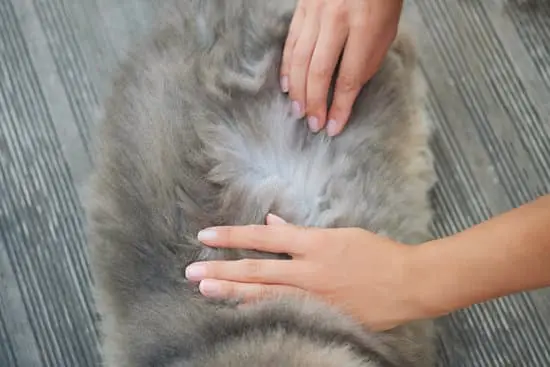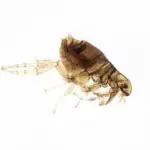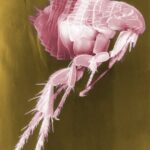How Are Fleas Made?
Fleas reproduce by laying eggs after feeding on the blood of their host. These eggs are tiny, white objects that are difficult to see. Typically, a female flea will lay 20 eggs a day, and can lay up to 800 eggs during her lifetime. These eggs are dropped off of the host’s skin or hair during your pet’s daily activities, and can make up 50% of the flea population in your home.
Once the flea larva has emerged from its eggs, it will spin a silk cocoon. During this process, it will incorporate debris into the cocoon to camouflage it with its surroundings. Once inside the cocoon, the larva will pupate. It will eventually change its color from white to brown. The larva will remain in the cocoon for about five days, but it can live up to a year in an unfavorable environment.
Adult fleas look similar to their counterparts, with some interesting modifications. They have few obvious links to other orders of animals, and they are generally compact. Their bodies are anchored by spines or combs, which aid their movement. Their mouthparts are modified for sucking blood and have barbed stylets that help them penetrate the host’s skin.
Fleas have four life stages. Adult fleas feed on the blood of their host and mate after taking a blood meal. After that, they lay eggs in the host’s fur. The eggs develop into larvae within a few days. These larvae feed on predigested blood and organic debris.








